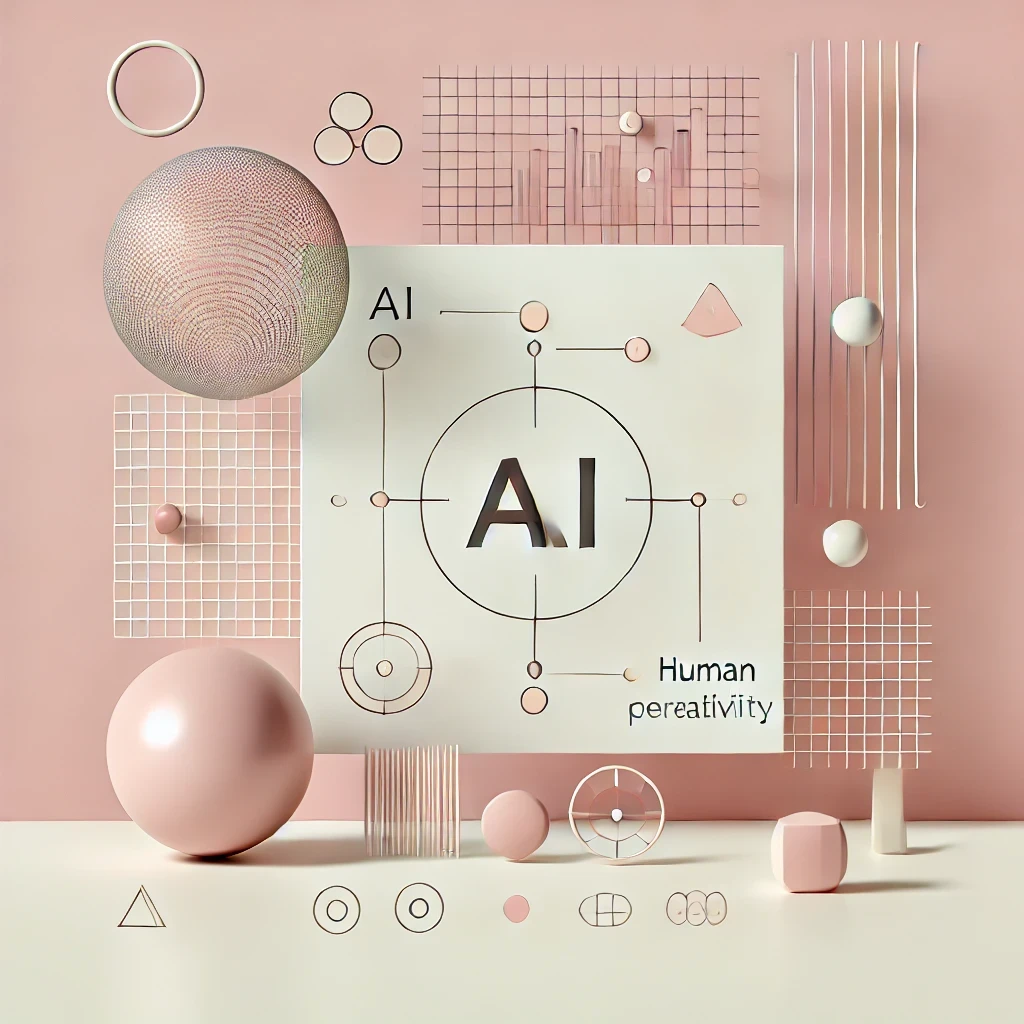Article
The Transformative Impact of AI on Design: A Vision for the Future
Sep 17, 2024

Redefining Creativity: AI as a Partner
As AI technology rapidly advances, it's not just transforming industries but also fundamentally reshaping the way we approach design. In the world of user experience (UX) and interface design, AI is increasingly acting as a powerful partner, augmenting human creativity rather than replacing it. With its capability for multimodal processing and knowledge integration, AI allows designers to quickly explore diverse solutions and design options by analyzing massive datasets, from user behavior patterns to aesthetics trends. However, AI’s most valuable contribution to the design field may be in its role as a "thought partner" for designers.
AI systems today can generate insights, make design suggestions, and even automate certain aspects of the creative process, like prototyping and layout designs. This collaboration between human intuition and AI-driven data interpretation brings a new dimension to design, where machines offer data-driven solutions, while humans add the critical element of empathy, context, and emotional resonance. Designers are now empowered to focus on more strategic, high-level tasks—problem-solving, storytelling, and crafting user journeys that AI cannot yet fully comprehend due to its current limitations in reasoning and creativity.
By handling repetitive and technical tasks, AI can also free up designers’ time to innovate and think more deeply about user experience. For example, IKEA’s integration of AI into its customer interaction processes not only automates responses but also allows human designers to offer personalized, creative advice to clients. This results in a symbiotic relationship, where AI enhances productivity while designers maintain control over the creative narrative, ensuring the final product aligns with the human aspects of design.
Personalization and Data-Driven Design: A New Frontier
AI’s ability to process vast amounts of data in real-time has unlocked new possibilities for personalization in design. Personalized experiences, powered by AI, are quickly becoming the norm, offering tailored interactions based on individual user preferences, behavior patterns, and needs. From creating custom interfaces that adapt to a user’s specific context to predicting what users need before they even realize it, AI is revolutionizing the ways in which design is crafted and delivered.
A key example of this is the rise of AI-driven interfaces in e-commerce and product design, where user data is leveraged to create highly customized solutions. IKEA’s AI-driven design tools, for instance, analyze user preferences and offer interior design advice, allowing for an experience that feels bespoke to each individual customer. AI is not just providing design suggestions; it is personalizing the entire journey—from the moment a user interacts with a product to the post-purchase experience. This level of personalization extends far beyond aesthetics, diving into functional aspects of design that adapt in real-time based on user feedback and engagement.
AI’s ability to offer these real-time insights into user preferences allows designers to iterate more efficiently, making design a dynamic, evolving process rather than a static one. This shift is particularly exciting for the UX design community, as it allows for faster and more effective feedback loops, enabling designs to be continuously refined based on real-world data.
The Future of Design: Embracing the AI-Human Collaboration
Looking ahead, AI’s role in design will continue to evolve, moving beyond the current capabilities of data analysis and predictive modeling. Future design ecosystems will likely see AI playing a more active role in not just aiding the design process but also in decision-making and innovation. AI will shift from being a tool to an essential collaborator in creative fields, offering insights that designers may not have considered and helping push the boundaries of what’s possible.
This partnership is already taking shape in industries like architecture and urban planning, where AI-driven systems are being used to optimize design solutions for sustainability, accessibility, and efficiency. As AI becomes more sophisticated, it will help designers create more inclusive and sustainable products by providing a broader understanding of environmental, social, and user-related factors. However, this does not mean the creative human touch will be sidelined. Instead, designers will need to develop new skills to manage this collaboration, focusing on interpreting AI-driven insights while infusing designs with human-centered thinking.
A particularly exciting area for future exploration is AI’s ability to handle large-scale projects, such as smart cities or global design ecosystems, where it can synthesize complex datasets and provide actionable insights. In this future scenario, designers will act more as orchestrators, leveraging AI’s computational power while guiding the ethical and creative vision. This means designers will need to hone their skills in critical thinking, ethics, and human-centered design to ensure that AI-enabled design continues to serve the broader needs of society .
In conclusion, the impact of AI on design is transformative, offering both immense opportunities and challenges. As designers, we must embrace this collaboration, using AI as a tool to enhance our creative potential while maintaining the human touch that remains at the heart of impactful design. The future of design is not about AI replacing human creativity but about integrating AI into the creative process to unlock new possibilities for innovation, personalization, and ethical design.